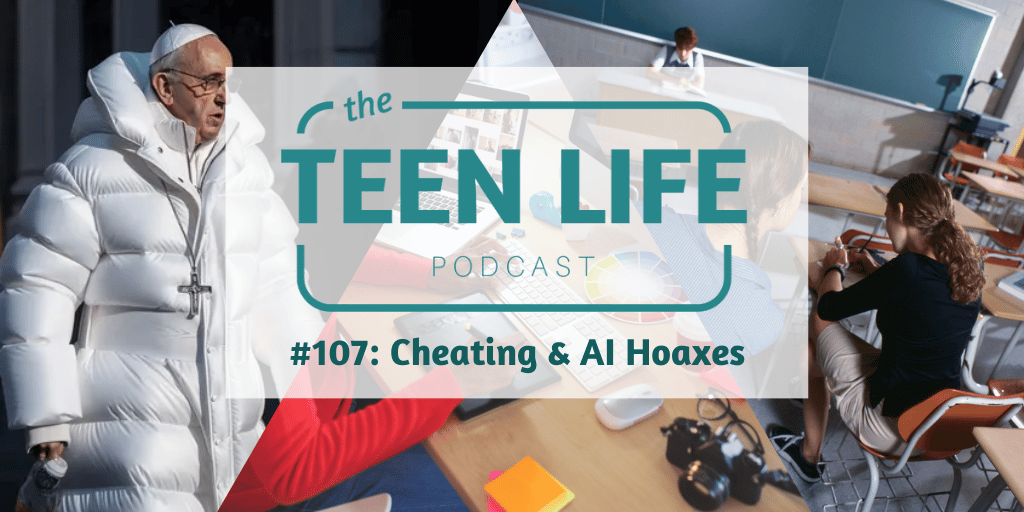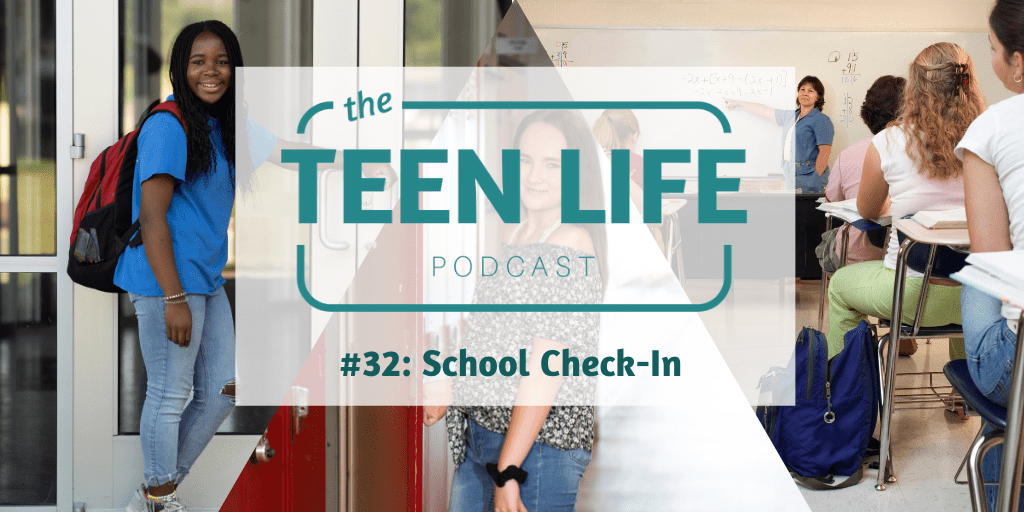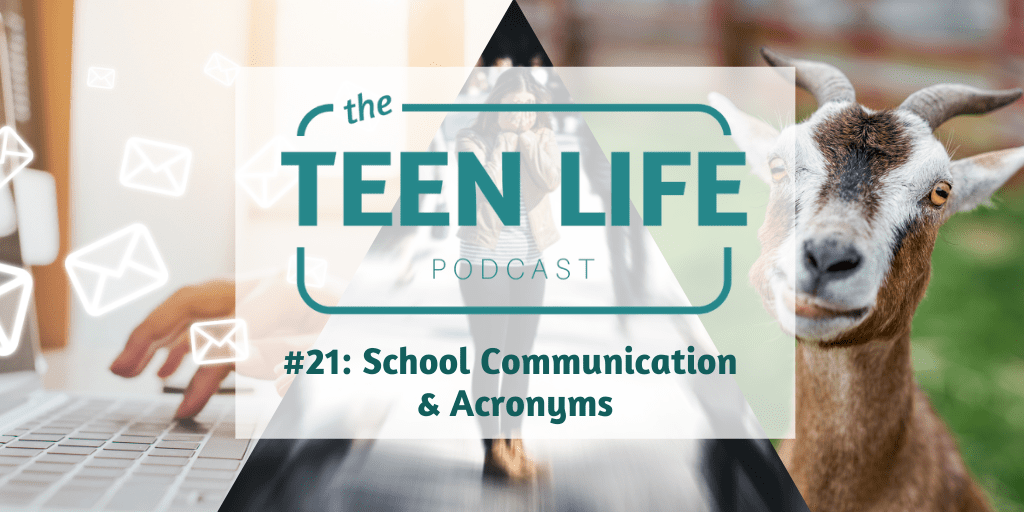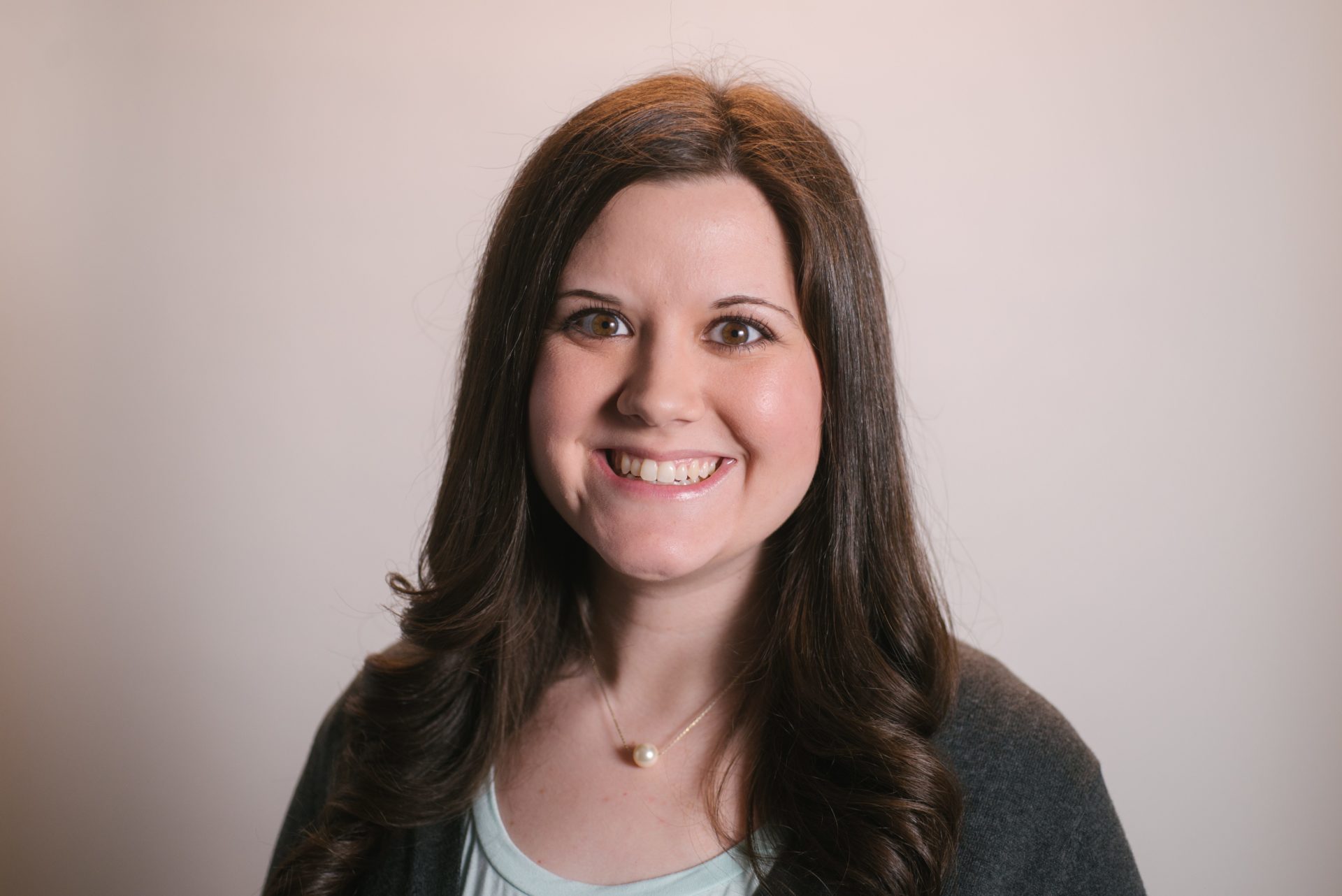I’ve had the privilege of working with Teen Life for over ten years now in a multitude of roles. I’ve worked in the tall weeds of programming, recorded hundreds of podcasts, and even put together a budget or two. Throughout these years, I’ve enjoyed many incredible opportunities in a multitude of scenarios throughout our community. I’ve even met some really cool people who are doing truly groundbreaking work on behalf of the students in our neighborhoods.
Yet through it all, my very favorite thing to do is walk the halls of our local schools. It never gets old to me. Every school is different and has its own personality. There are different themes, decorations, nuances, and sensibilities distinguishing each campus from the rest. Some are new and innovative while others seem to be lost to time.
I heard it said a while back that the local “town square” has shifted from the local church to the local school. That is, for so many years the center of the community was found in the local houses of worship. Recently, many in the community are finding the local school to be the crossroads of education, socialization, culture, support systems, and other crucial aspects of local community. Whether this is good or bad is up for debate (and I mean, it is DEBATED).
One community-centric role that the local school is taking on is the role of mental health provider. For an institution already bearing the cultural weight of so many other roles, asking a school to provide space for mental health services on top of everything else is a tall task. To ask teachers who already have significant academic responsibilities to also stand in as mental health professionals goes well beyond their capacity. To find staff who are able to address the mental health needs of students, you have to look to counselors, nurses, and sometimes even SRO’s (local police assigned to a school). While they are much better equipped, there just aren’t that many of them available and they are expensive to hire.
According to a recent report from the CDC 42% of teenagers reported feeling persistently sad or hopeless and almost 25% reported experiencing poor mental health. This is not okay or normal!
From my vantage point we have an even bigger problem. The conversation around mental health and adolescents is more open than it has ever been before. As we walk through the halls of schools you will see posters and signs with quotes like “It’s okay to not be okay” or “be kind to yourself”. Our teenagers are leading the way with this conversation, and that part is encouraging at least!
Yet the disparity comes with access. It’s like saying “exercise is the most important thing” but there are no trainers or gyms in sight. Or if we emphasized a healthy diet, but only offered students fast food. Simply put – quality, accessible, and affordable mental health services are really hard to come by for adolescents!
This isn’t the fault of the army of mental health workers out there doing the hard job of serving the onslaught of issues. More so, this is a systemic issue of access and equity.
For me one of the most encouraging aspects of this CDC report was the recommendation that schools set aside more funding and prioritize better and more robust mental health services on school campuses. The hope is, if there are innovative and scalable interventions available to serve the mental health needs of students – local school campuses would be the place to find them!
On this blog, we focus on a variety of topics relevant to the betterment of the adolescent experience. Not often do we have the opportunity to simply plug what we do here at Teen Life and highlight how important it is to the mental health and wellbeing of students.
Teen Life provides Support Groups on school campuses during the school day led by community volunteers and counselors. While not a billable mental health service, we stand in the gap for teenagers to access quality mental health supports while they work to improve their circumstances. Life is so much better when you have peer support and mentorship from someone who is showing up on your behalf – week after week.
The CDC recommendations fall squarely into what we do here at Teen Life. And because what we do happens on school campuses – we believe lives will change and get better.
So if you are a parent, educator, administrator, or volunteer – make your voice heard to bring in mental health supports and services like what we offer. here at Teen Life. If it isn’t us – I know there are many more in your community ready to help.
Let’s rally to help mental health supports and services be available to any student who is in need!



















